선사문양의 상징성 (5) : Neolithic Symbol & Myth : 양손에뱀을, Master of Animals
https://blog.naver.com/jsptrade/221403673180
"양손에 뱀을 쥐고"
홍산시대에서 "양손에 뱀을 쥐고"의 문양은 본인이
지난 몇년 공을 드린 결과.. 여러 재질의 "양손에 뱀"
지신(地神)의 형상을 양손에 쥐고 있는 신화적(神話的)
발견되었다고 보고된 바가 없다.. 해서 연구가 없다.
알게 되었으며.. 당연..즉각.. 노력을 기울여 상당갯수 입수+수집 하고서.. 그 의미를 연구해야할 것이다..
일군들을 독려.. 입수+수집하고 있다.. 많은 갯수의
(1) 양손의 뱀을 쥐고.. 문양은 이미 익숙해져있다.
"양손에 뱀을 쥐고"
The Master of Animals or Lord of Animals is a motif in ancient art showing a human between and grasping two confronted animals. It is very widespread in the art of the Ancient Near East and Egypt. The figure is normally male, but not always, the animals may be realistic or fantastical, and the figure may have animal elements such as horns, or an animal upper body. He is typically described as a hero, although what the motif represented to the cultures which created the works probably varies greatly. The motif is so widespread and visually effective that many depictions were probably conceived as decoration with only a vague meaning attached to them. The Master of Animals is the "favorite motif of Achaemenian official seals", but the figures in these cases should be understood as the king.
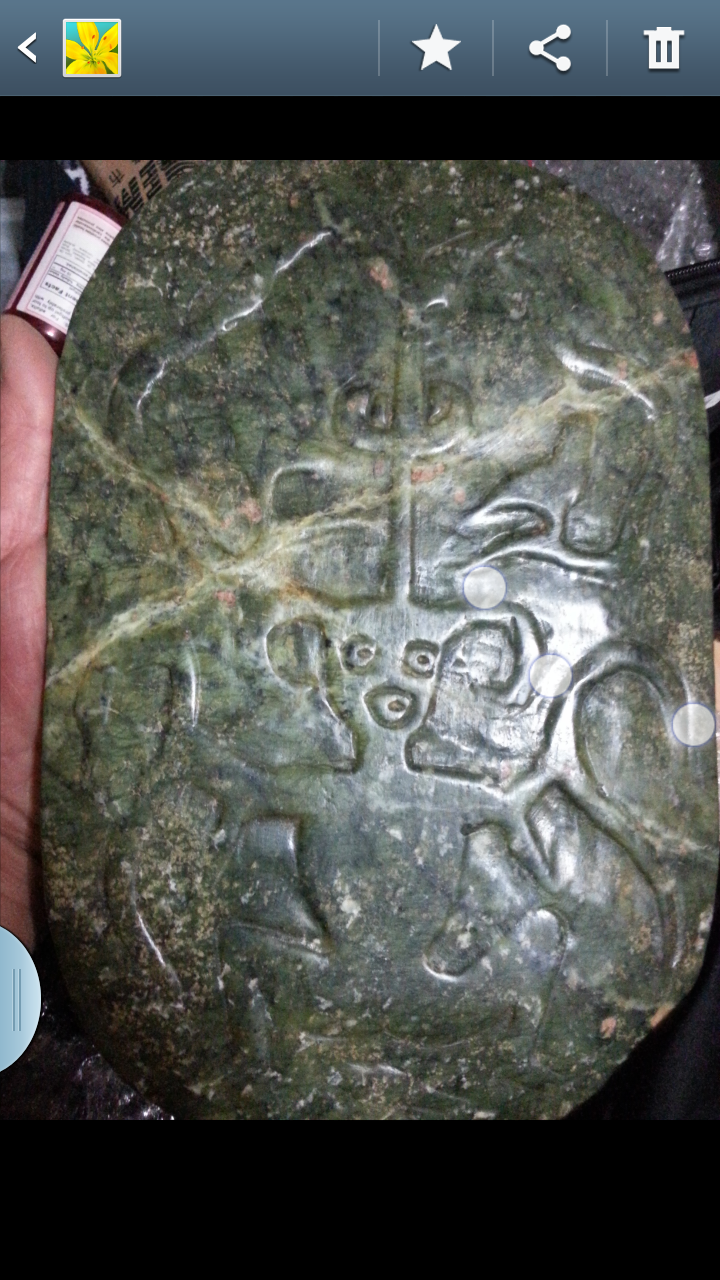
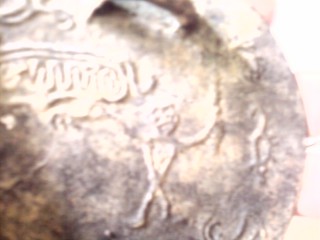


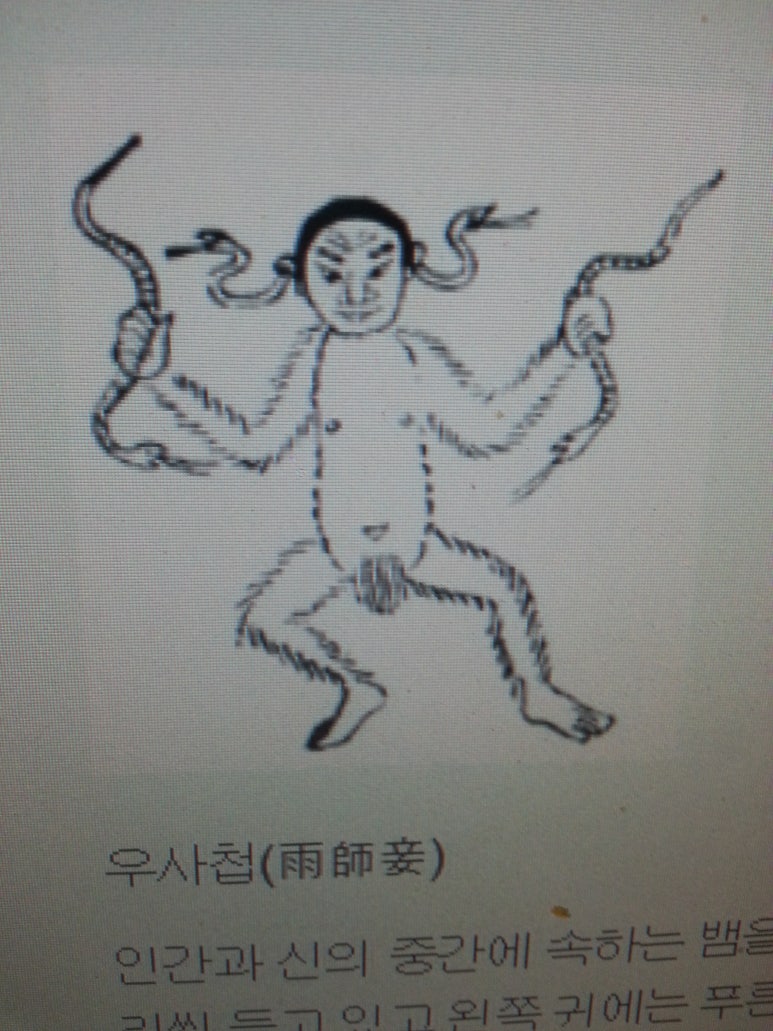

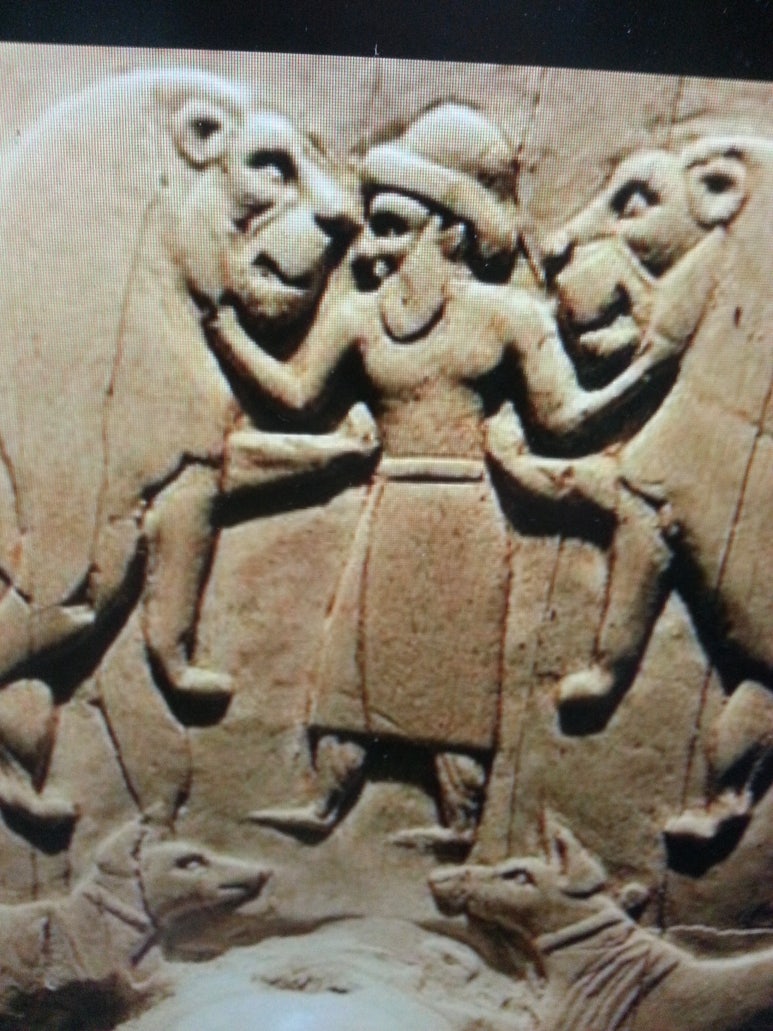
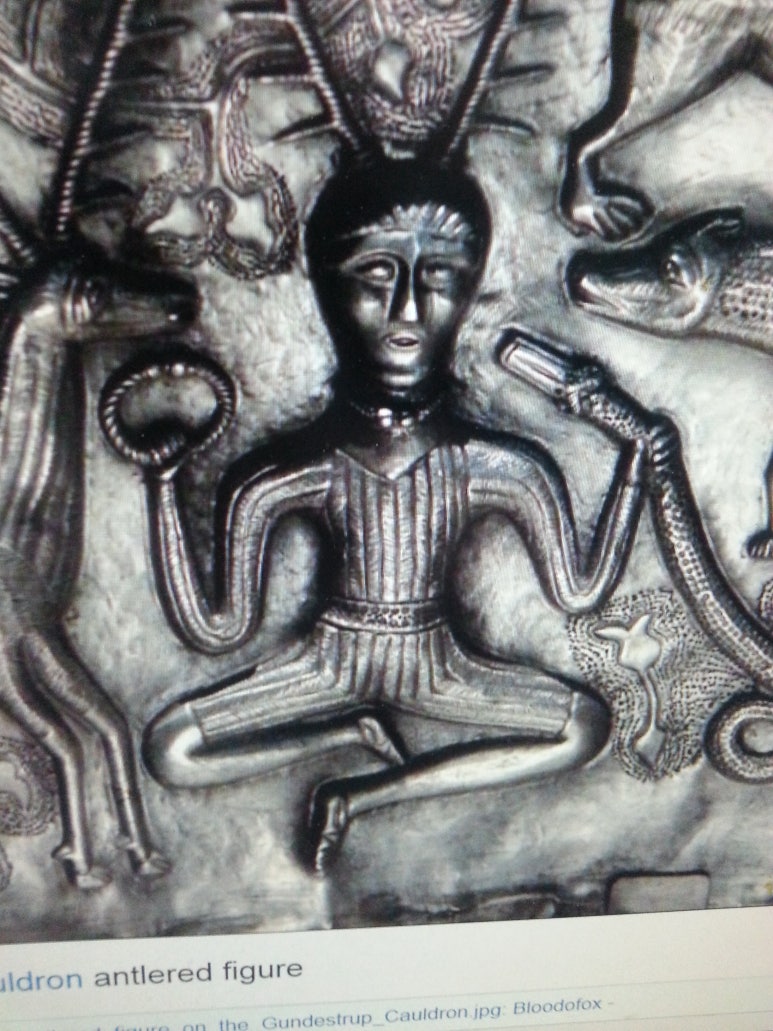
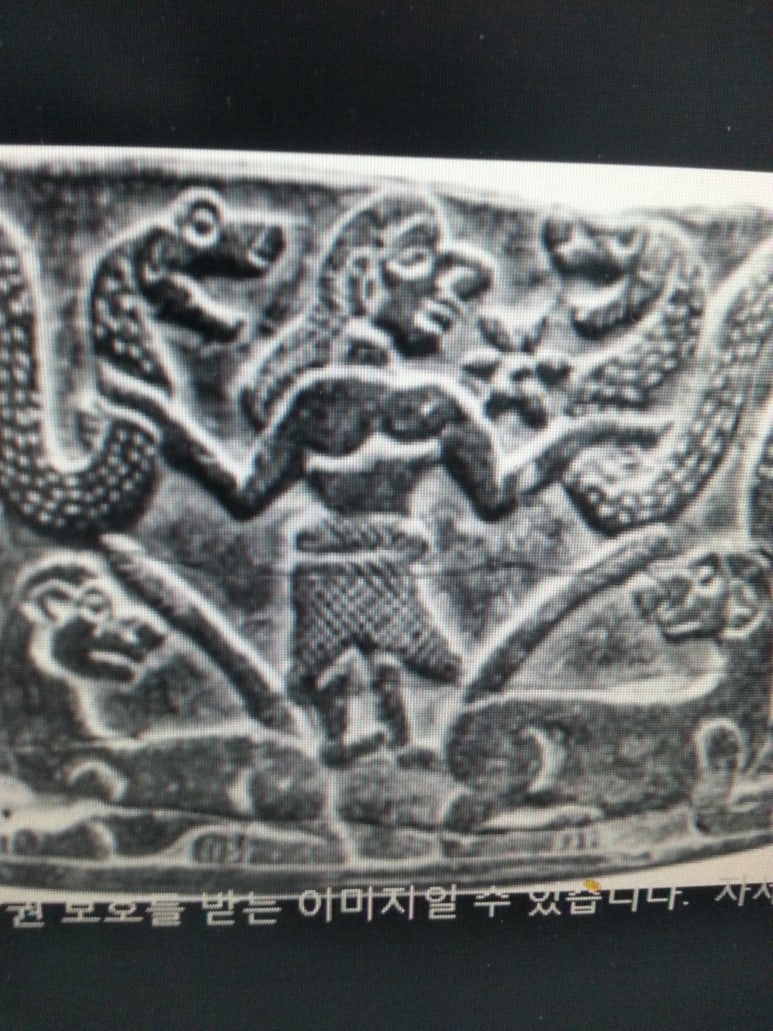
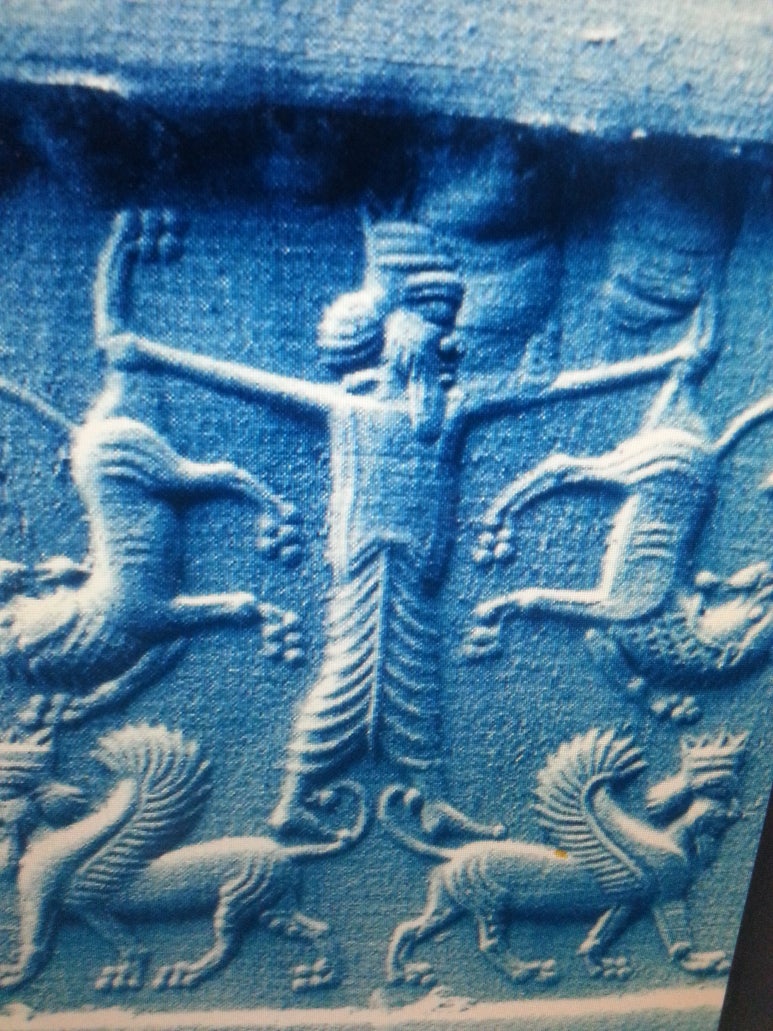

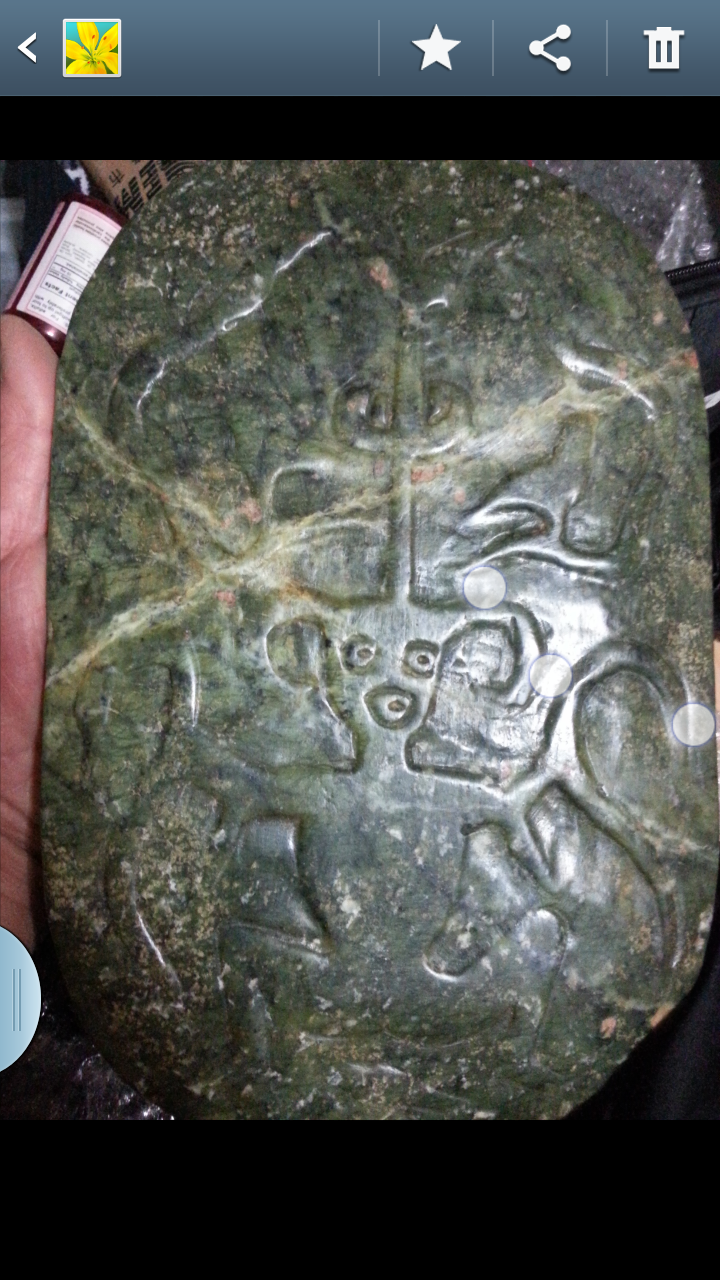

댓글
댓글 쓰기